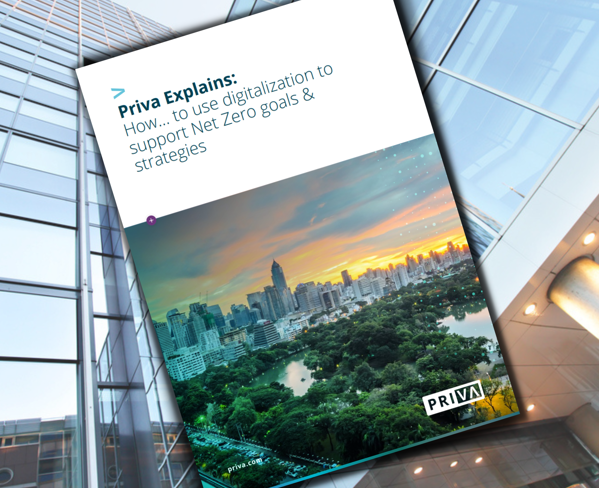Given that the second objective also corresponds with the EU’s carbon neutrality target, it is clear that the WorldGBC framework is going to be the one that many groups work to implement. But that doesn’t prevent it from feeling like a daunting task – especially if you are a company with a large workforce that needs to keep a close eye on the bottom line.
With this in mind we present five practical steps for companies who want to commit to Advancing Net Zero but are unsure where to start…
1) Never underestimate the importance of the construction and operational phases.
According to the WorldGBC, operational emissions account for 28% of all carbon emissions in the world, while building and construction are responsible for 39% (2). Hence it follows that as well as engaging a builder with a track-record in eco-friendly construction, it is also important to use more sustainable materials wherever possible.
2) Work with consultants and specialists who have a deep knowledge of carbonisation.
Until recently, energy reduction specialists would often be brought into a project when it had advanced to a point whereby some options had already been closed off. But whilst there is now a general acceptance that building technology specialists should be involved from day one, it is still vital to identify the best consultants.


















